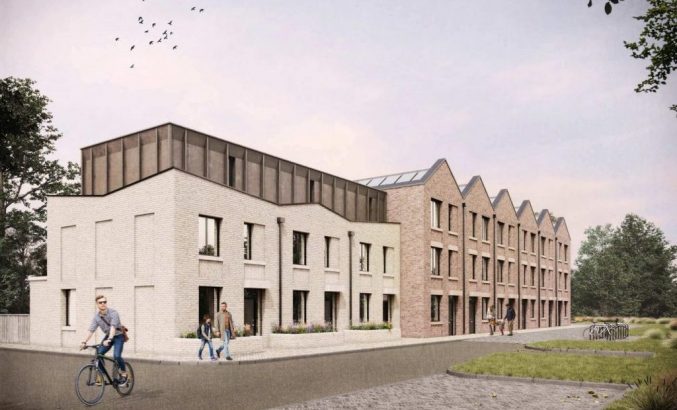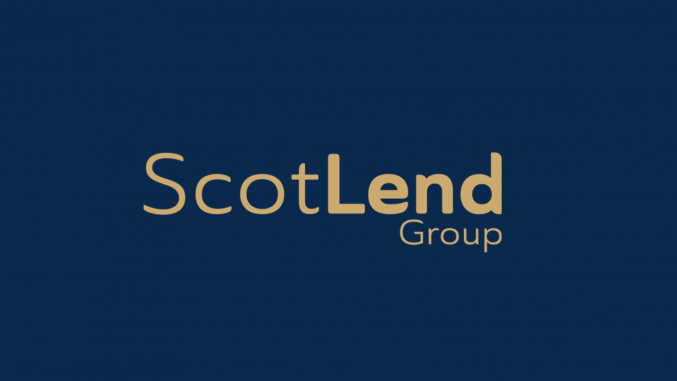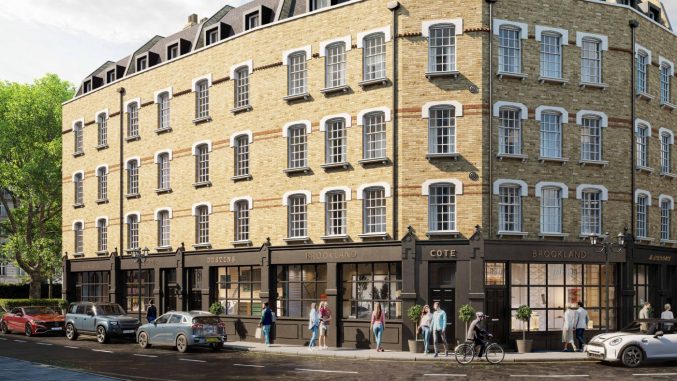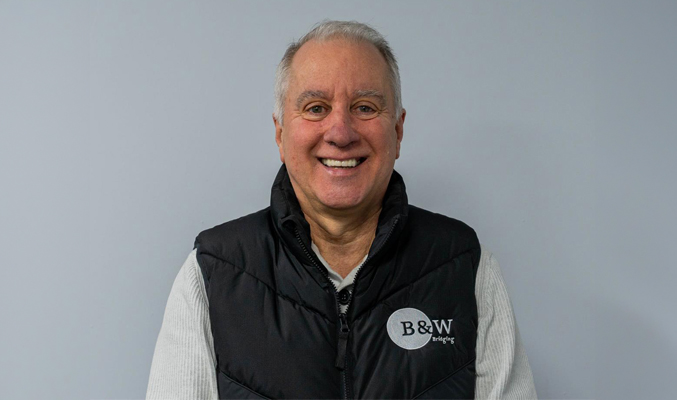The first flickers of green bridging loans
By Hannah Duncan

Green mortgages have bespeckled our property finance options for some time now. In 2018, Barclays – ironically, given its environmental record – was the first UK mainstream bank to launch one.
Since then, green mortgages have trickled though banks and mortgage providers, as increasingly-viable options for borrowers.
But what about other property-based loans? For a while the alternative finance world seemed to lack any trace of greenness. But finally, we’re beginning to see something on the horizon… the promise of green bridging loans perhaps?
To discover more, I spoke to Millie Dyson, Chief Marketing Officer at MT Finance.
Focus on energy efficiency
So, what flickers of green are we alluding to? Similar to green mortgages, bridging loan firms are beginning to offer preferable rate and cashback incentives for borrowers who opt for more environmental choices.
A common one seems to be related to energy efficiency, again reflecting most green mortgages.
For example, MT Finance are offering up to £250 cashback in such a scheme. “We’ve been really motivated to see people come forward and claim the incentive”, Dyson comments.
Other lenders offering similar schemes include LendInvest and Offa.
“However, at this stage”, Dyson continues, “I think it’s just as important to raise awareness among the industry and consider what else we can do in relation to the environment and sustainable practices”.
More creativity needed
Dyson’s comment matches up with the recent government rallying cry, challenging financial services to think ‘creatively’ when it comes to environmental finance.
The OECD has made it clear that it will be impossible to reach our climate goals unless the world’s governments and financial services stump up $6.9 trillion each year towards it. Or in other words, we need financial services to save the world.
And, as construction is the most carbon-intensive sector, a large chunk of the responsibility falls heavily on property finance.
It’s an extremely tall order, probably really unfair, but somehow bridging lenders are going to have to make green loans a mainstream thing – and quickly.
Creative thinking – and as Dyson comments, considering what else is possible – is the only real way to achieve this. Surely, hopefully, environmentally-minded property loans are about to take off.
A race to prevent greenwashing
As the ice caps melt, property lenders will increasingly need to factor flooding adaption and mitigation into valuations too, especially in the UK. The types of products on the market will continue to evolve with climate change alongside the green products.
“As more properties are affected by climate change, I think it’s only a matter of time before we see more products on the market”, Dyson reveals. “How lenders manage risk in unpredictable circumstances is yet to be seen”.
But could this prove to be problematic for the much-needed development of green bridging loans? Perhaps one day all property finance will fit somehow into the ‘environmental’ category, simply because it factors in flooding adaption or something similar.
Because of this, we will need to be wary of greenwashing – the act of intentionally or unintentionally present something as more environmentally impactful than it is.
Often companies do not mean to greenwash, but the consequences can be extremely harmful. Today, this situation could easily happen as there is no universal definition for what counts as a green mortgage or green bridging loan. And if there is no definition, how can we say that something doesn’t fit?
We must define ‘green bridging loans’ early on
Of course, sustainable finance and especially sustainable investing has long been plagued by the lack of a clear, universal definition.
This was the motivation for the EU and UK Taxonomies. For green bridging loans to make any meaningful difference to climate change, industry bodies will need to develop robust boundaries and definitions to prevent greenwashing.
“We do need to create an industry standard as to what ‘green’ means”, Dyson agrees. “Having this definition will also help lenders to create products that investors and consumers really want”.
An uncontroversial starting point for this definition could come from the EU Taxonomy, which already has a clear and hard-fought definition for what counts as ‘Environmentally Sustainable’ financial services.
To qualify, the economic activity must ‘contribute substantially’ to at least one of six clear environmental objectives – while not causing ‘significant harm’ to any of the others.
Perhaps the same definition will be adopted in property finance as green bridging loans gain momentum.
The outlook for green bridging loans
While they may be currently undefined, green bridging loans are surely inevitable. After all, it’s either that or a dying planet, so you’d like to think that many firms will do their bit.
From carbon regulation to customer demand, all signs are pointing in the same low-carbon direction. So, what could the next few years look like for this soon-to-be-mainstream lending sub-set?
“I think we will see more emphasis on frameworks to define qualifying schemes that could be eligible for ‘green’ funding”, Dyson comments.
“This needs to be much simpler to define and assess than the tools that exist presently – for the general bridging market at least.
I think we’ll see a lot of lenders emulating our move to provide incentives as well as encouraging investors to purchase properties which already have good environmental credentials.
It will be interesting to see what happens in this space within the next few months”.
Another interesting area for development, which Chris Gardner, co-founder of Atelier Capital emphasised to me in a previous article, is modular technology. Bridging lenders who underwrite and incentivise less carbon-intensive building methods can make an extraordinary difference to climate change.
As green bridging loans begin to blossom, my hope is that the standards for entry are not too low. Or that off-setting methods don’t become overused.
The transition to sustainability needs to come from the heart of the business model itself. As the word implies, green businesses economically must sustain themselves while doing good for the planet.
It’s not enough to change incrementally, the transformation must be exponential.

Hannah Duncan is a freelance writer with a passion for finance, sustainable investing and fintech. She loves writing engaging content for industry magazines and investment services, as well as keeping a personal blog at www.hdinvestmentcontent.com










You must be logged in to post a comment.